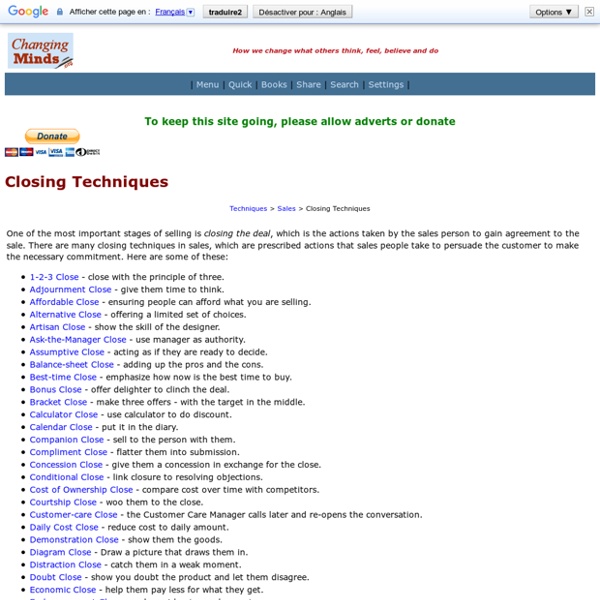Zoom
Trash
Related:



The Top 10 Audio Books That Every Entrepreneur Must Listen To With a million and one things on an entrepreneur’s agenda, it is almost next to impossible to find the time to read a book from front to back. Well what if we told you that you don’t have to push hours aside and that you can even soak in all the knowledge of a wonderful read while you walk the dog, go for a jog or drive to work? Well now you can with these downloadable audio books that come highly recommend for any entrepreneur looking at expanding their knowledge and taking their life and business to that next level. The Lean Startup Eric Ries explains the best practices of how to discover customers for your ideas, how to plan/test/release your products to market and when to pivot. A must read for every startup organization. Click here to hear a preview or order this audio book The Willpower Instinct One of the best Audio books to cover the topic of willpower. This book is a must for any and everyone. Click here to hear a preview or order this audio book Rich Dad Poor Dad The 4-Hour Work Week
How to Become a College Planning Consultant If you can tell a Harvard student from a UC Berkeley student and know all there is to know about college, it's time to throw your mortarboard into the entrepreneurial arena by becoming a college planning consultant. Busy lifestyles have spawned them. More than 4,100 institutions of higher learning have made them possible. Today's college planning consultants-or some call them educational consultants or college admissions/financial aid consulting professionals-offer a wide array of valuable services to students and their parents. Head of the Class According to the Independent Educational Consultants Association (IECA), some of the best and most capable educational consultants come from the ranks of the country's experienced academic advisors and counselors, who gain hands-on experience at both public and private universities, colleges, and secondary and elementary schools. Getting an Education Don't get us wrong.
The four agreements Hidden Gems: The 100 .edu sites every Entrepreneur Should Read Whether you’re an ivy-leaguer or a high school dropout, chances are you still have quite a bit to learn from others. Why not learn from the people who do learning best? Check out these .edu blogs and other informative sites for strategies, theory, and concrete resources for building and growing your business. Marketing Marketing may be one of the many things you try to squeeze into your business, but for the people behind these sites, this is all they do. Innovation Inside every great entrepreneur is an inventor, constantly thinking of new and exciting ways to solve problems and create new things. Industries Educational resources can sometimes be frustrating because they tend to focus on theory, while you’re looking for concrete ideas. International Business In today’s global economy, entrepreneurs must be familiar with the ideas of international business. Knowledge & Information At the root of every institution of learning is information. Accounting Law Startups Get It Started! Management